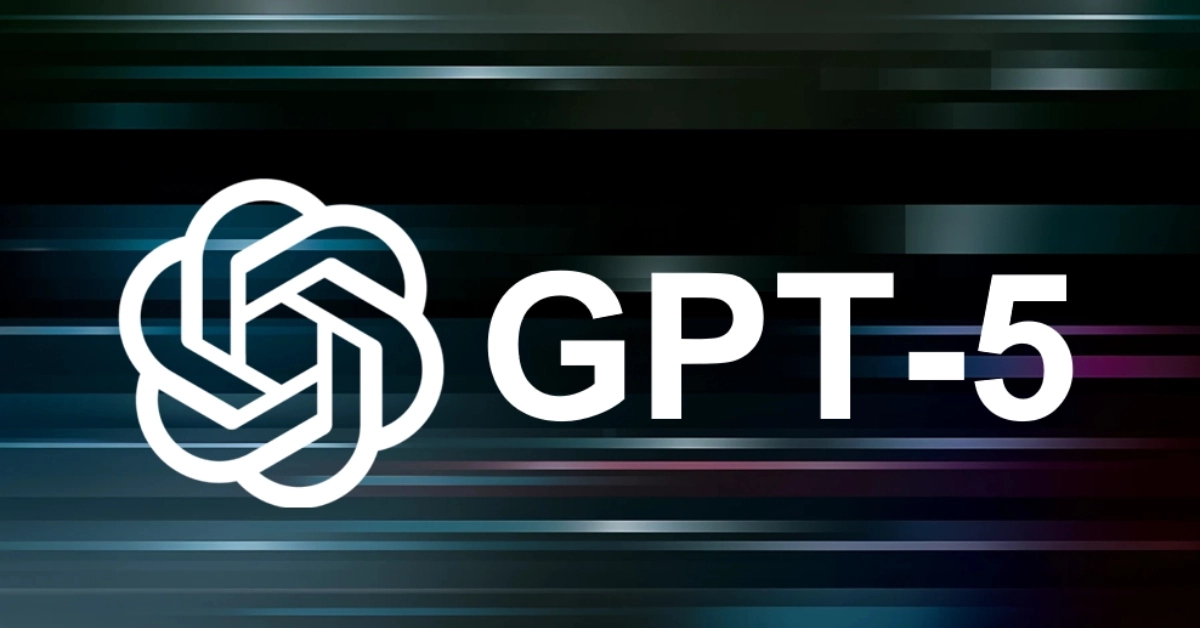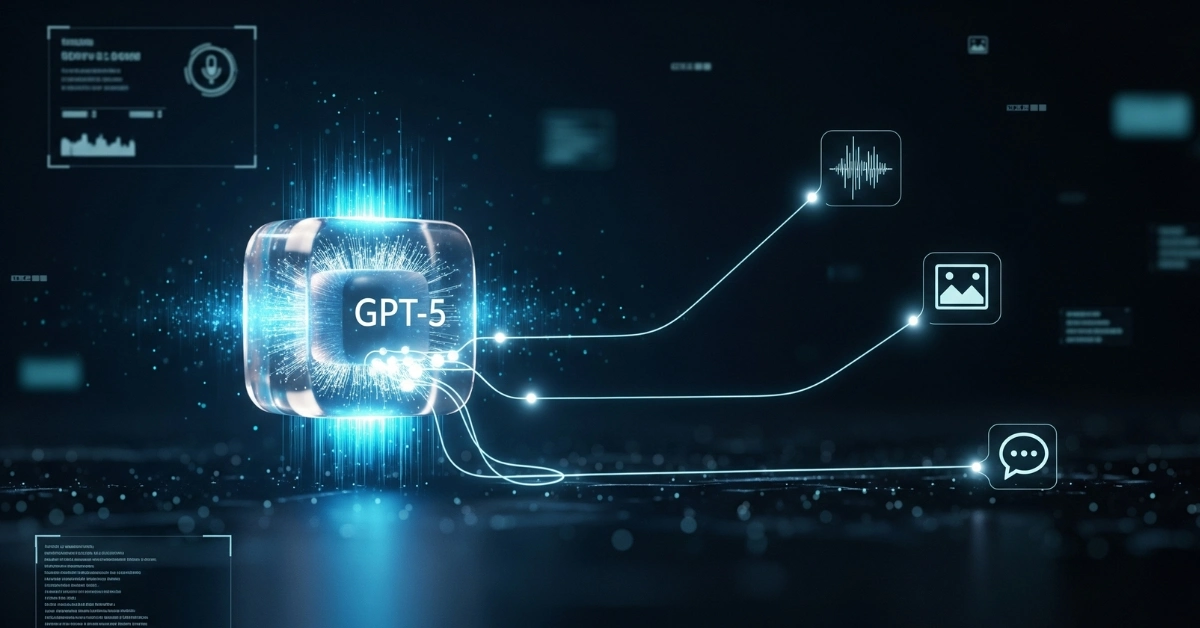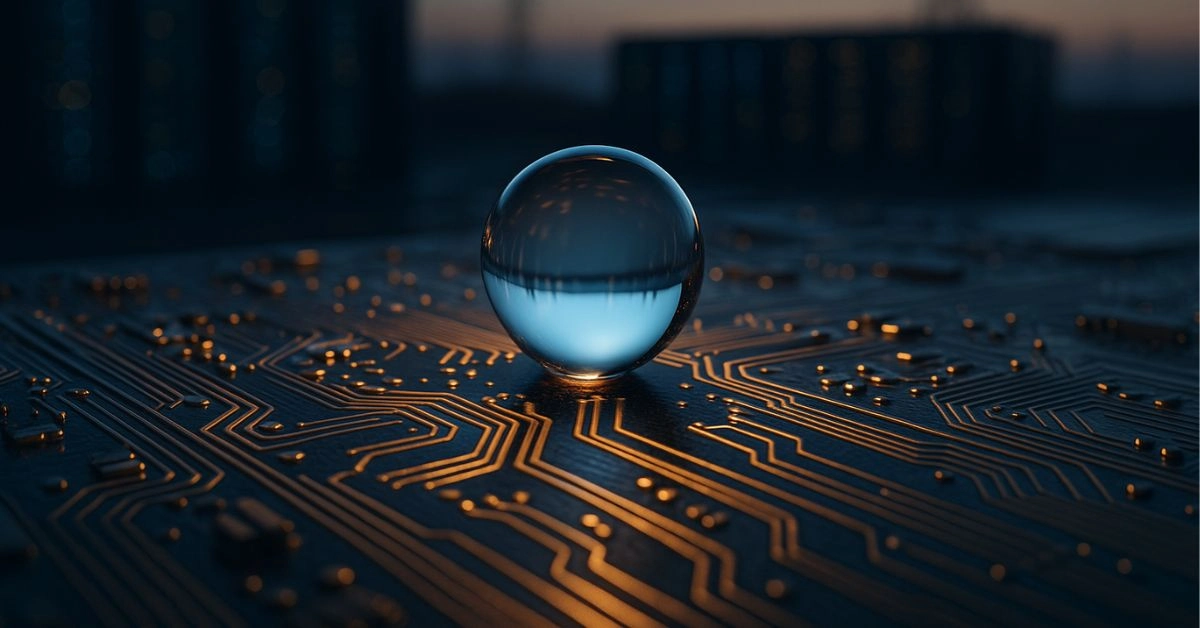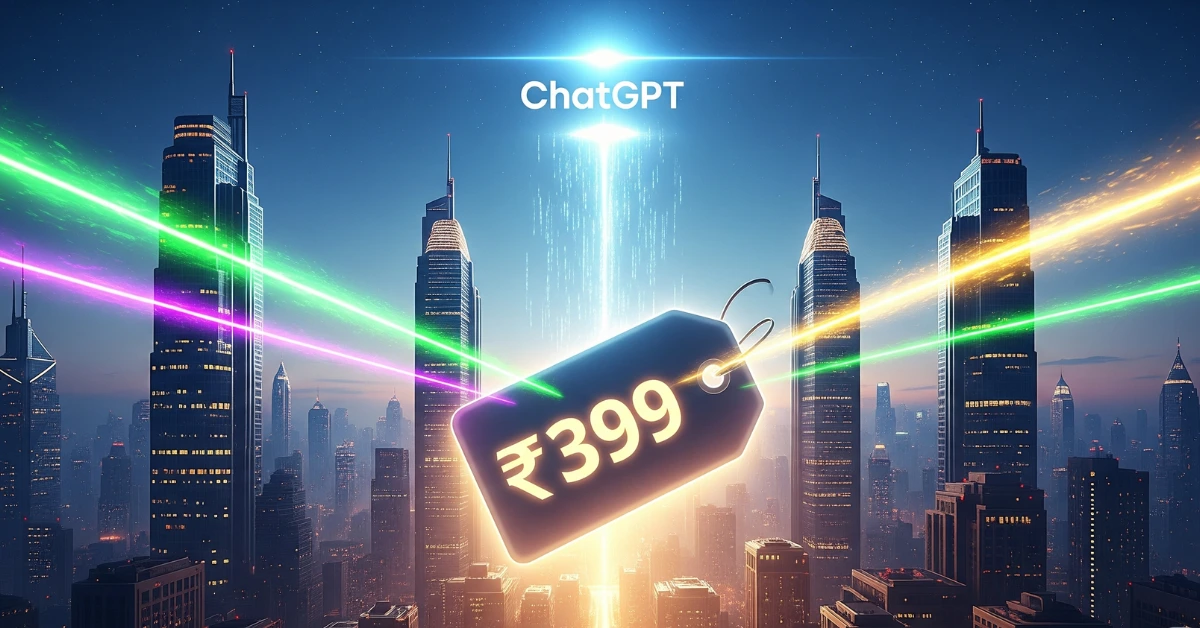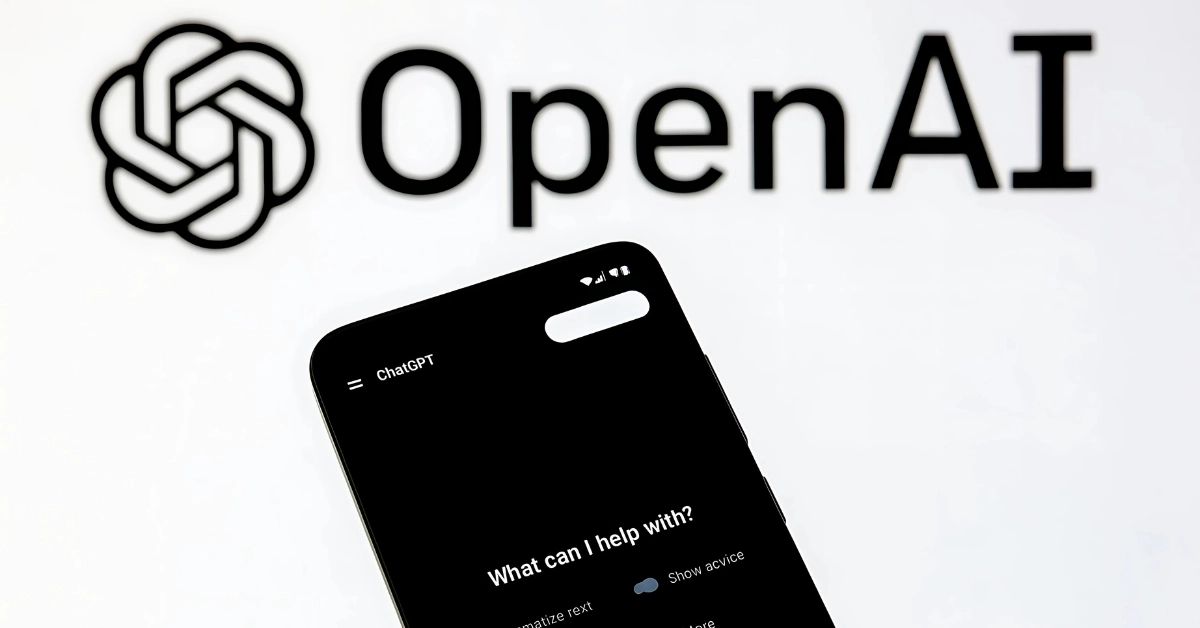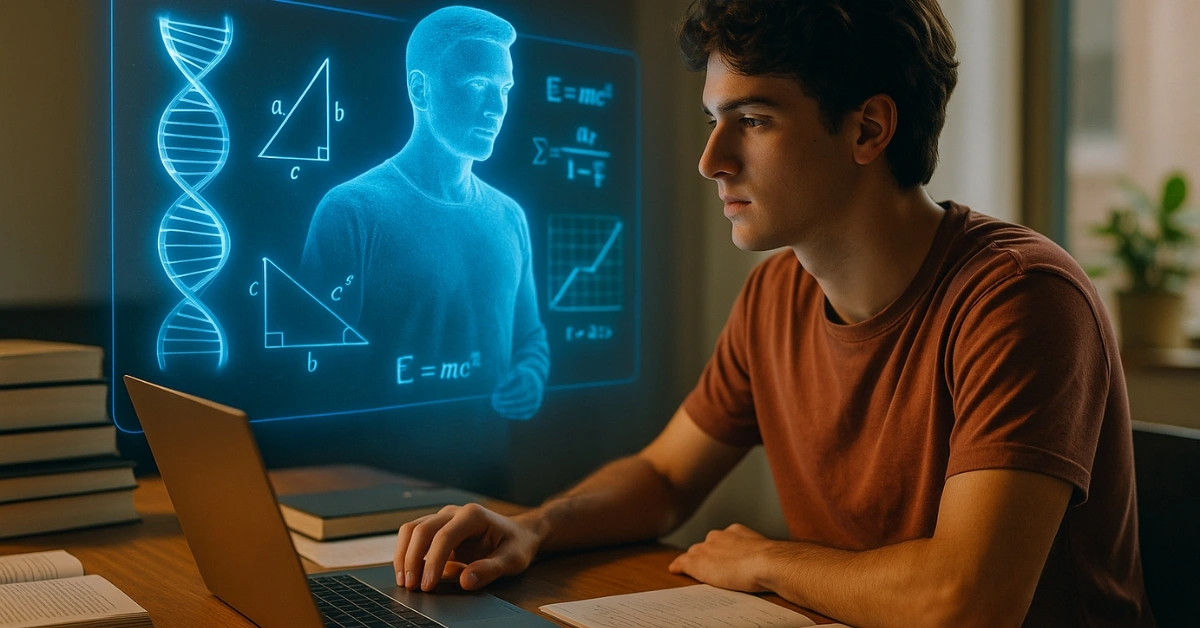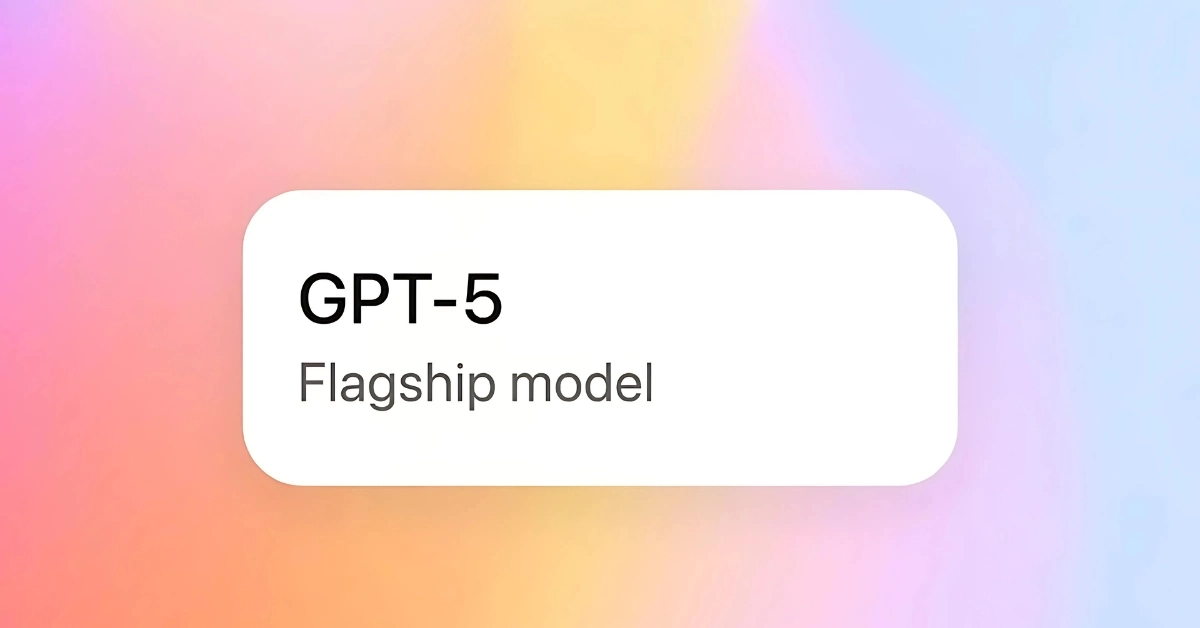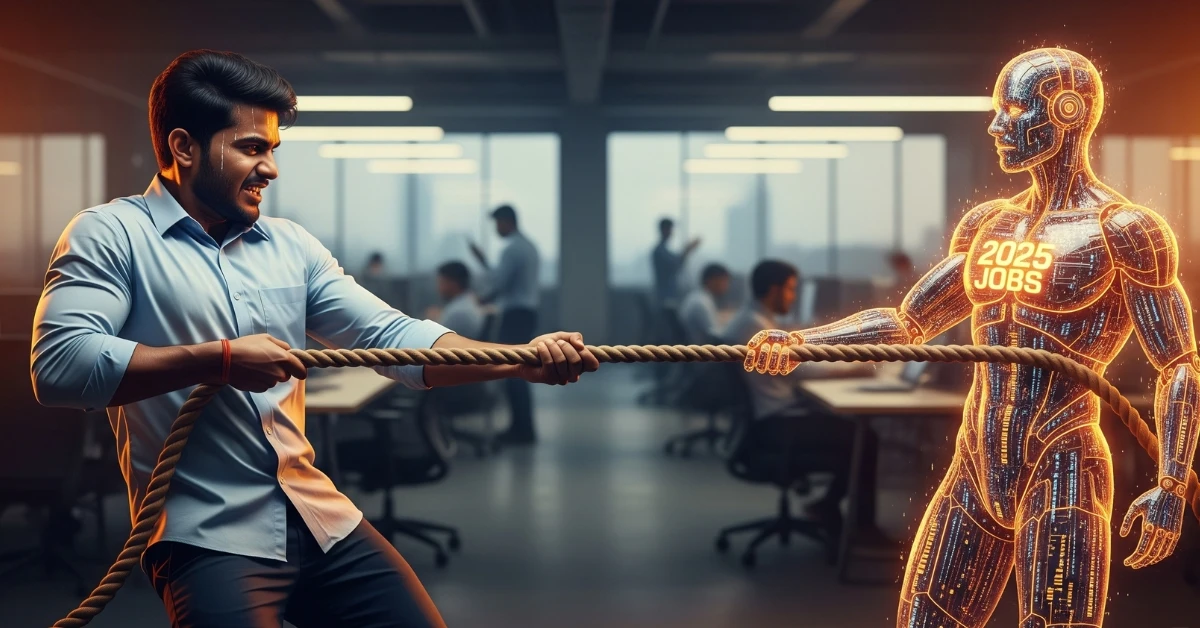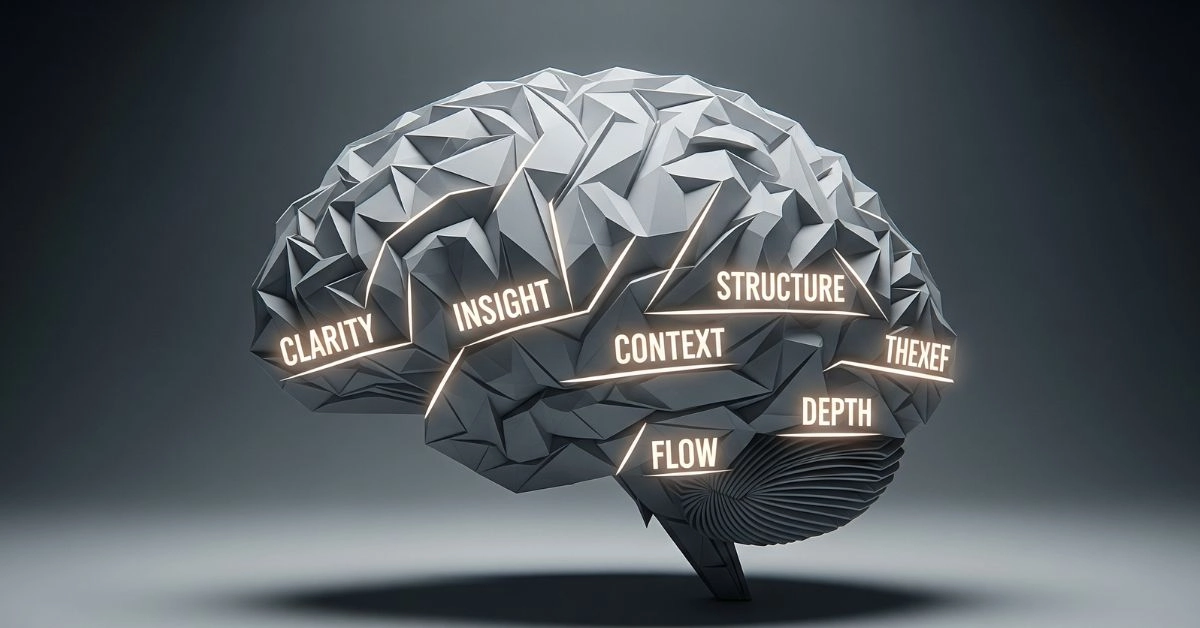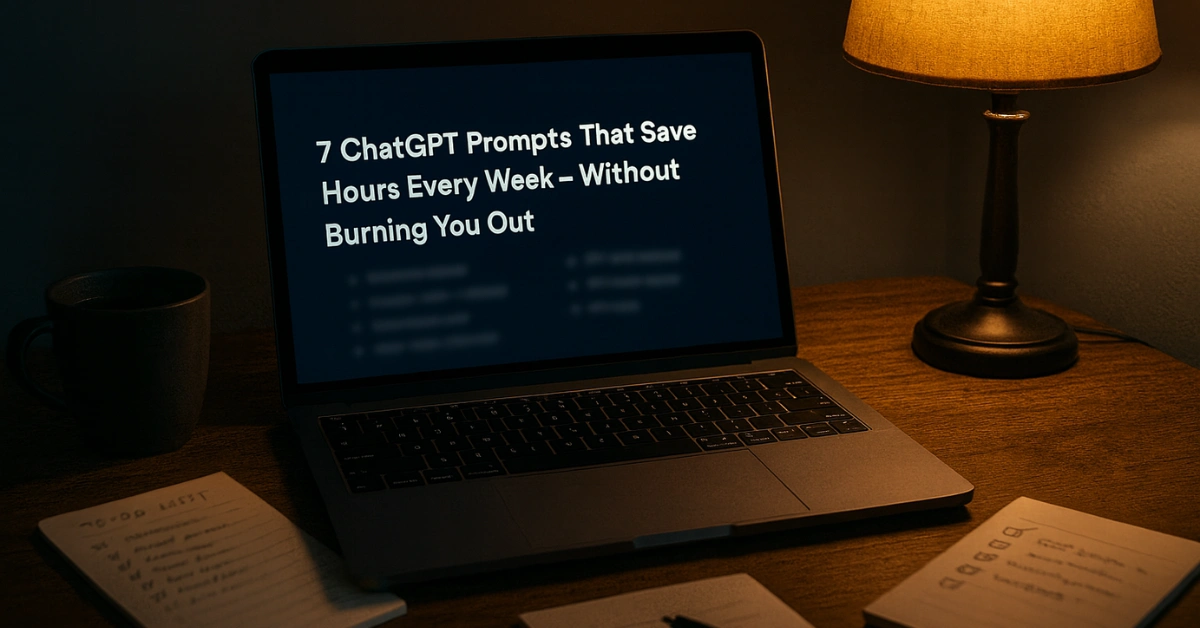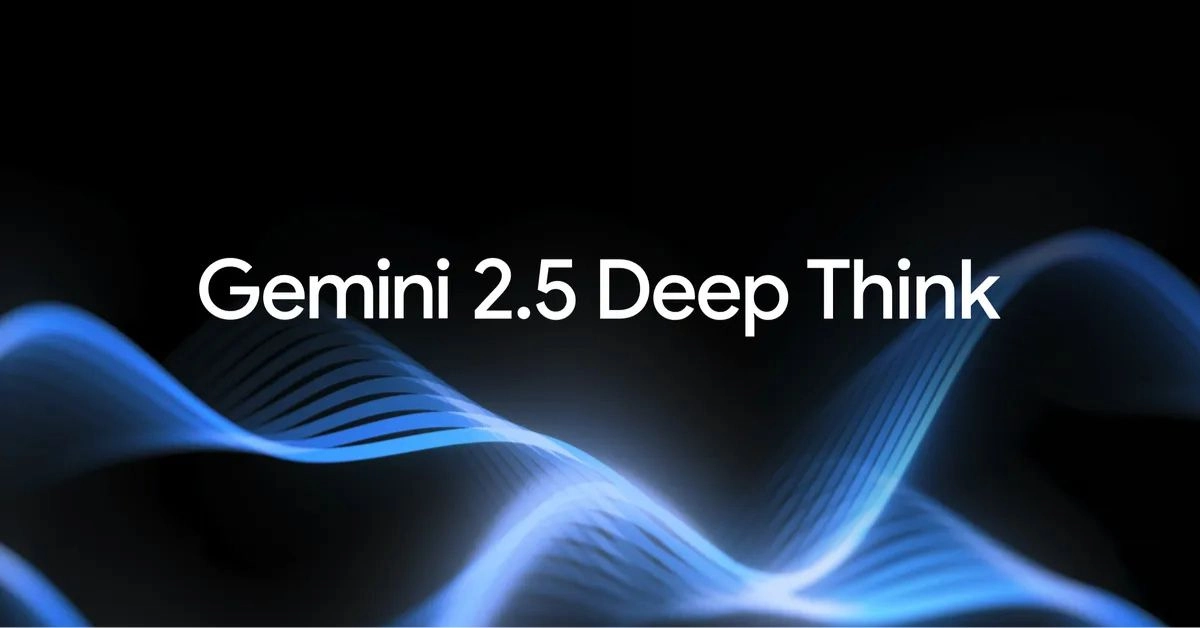When the CEO of OpenAI says he felt useless after using GPT-5, you don’t ignore it.
You dig in. Because it’s not just a personal reaction — it’s a preview of what’s coming for all of us.
Sam Altman, the man who helped bring large language models into the mainstream, just confessed that GPT-5’s intelligence left him stunned. And if someone who understands AI at the source is feeling overwhelmed, it’s fair to ask: what happens when the rest of the world meets it?
With the launch just around the corner, Altman’s story isn’t just a headline. It’s a signal.
The Moment GPT-5 Made Altman Question Himself
Appearing on Theo Von’s This Past Weekend podcast, Altman shared a moment that hit hard.
He had received an email with a technical question he didn’t fully understand. Instead of pushing through it himself, he dropped it into GPT-5.
“I put it in the model… and it answered it perfectly,” he said.
“I felt useless relative to the intelligence of AI… it was really hard. But the AI just did it like that. It was a weird feeling.”
That’s not a PR quote. That’s raw vulnerability.
This wasn’t Altman marveling at a shiny new feature. It was a turning point — the moment the tool he helped build outperformed him in an area he thought he could own.
What’s Coming with GPT-5 — and What Isn’t
So what do we know about GPT-5?
OpenAI hasn’t given a fixed date, but multiple sources, including Altman himself, have confirmed the model is being tested internally. A public release is expected in early August 2025.
From what’s known so far, GPT-5 is not just an upgrade over GPT-4. It’s designed to be a smarter, more unified, and natively multimodal model — handling text, images, and possibly video input with seamless reasoning.
Altman previously hinted that GPT-5 will integrate “a lot of our best technology” under one system. However, let’s clear this up:
The o3 model, known for its advanced reasoning, is still available as a separate model today. It wasn’t folded into GPT-5, at least not yet. But insiders suggest that GPT-5’s architecture will likely build upon o3’s capabilities — especially around deep problem-solving and chain-of-thought logic.
In parallel, OpenAI is also preparing mini and nano variants through its API, optimized for lighter apps and mobile integration.
It’s Not Just Smarter. It Hits Harder.
There’s a shift happening here. GPT-5 isn’t just “better than GPT-4.”
It feels different.
The gap between human effort and machine efficiency is now becoming emotionally visible. If GPT-4 impressed us with its language skills, GPT-5 might make us feel inadequate in our own fields. And Altman’s experience is just the beginning.
This isn’t a story about productivity. It’s a story about identity. When your go-to tool becomes the better version of you, what’s left?
The Bigger Problem No One’s Solved Yet: Emotional Dependency
Theo Von didn’t let the conversation stay technical. He asked what millions are already wondering: is AI about to do to us what social media did?
Altman didn’t sugarcoat his reply.
“I’m scared of that… I don’t think we know quite the ways in which it’s going to have those negative impacts, but I feel for sure it’s going to have some.”
He’s not wrong.
From therapy chatbots to romantic companions, millions are already building emotional bonds with AI. GPT-5, with its even more human-like reasoning, may accelerate that.
We’ve entered a phase where AI isn’t just helpful. It’s comforting. And maybe even a little too good at being there when people feel alone. That’s powerful. But it’s also dangerous.
Want proof? Stanford researchers are already warning about the mental health risks of AI therapy. And now, the man who leads OpenAI is voicing the same concern.

What This Really Means for You
Altman’s story isn’t about him. It’s about us.
If GPT-5 can make him feel obsolete — even briefly — it’s not hard to imagine the wave of imposter syndrome heading for the rest of us.
Writers. Coders. Analysts. Lawyers. Students.
Everyone who once thought “I can’t be replaced yet” may now have to rethink that.
But maybe this isn’t about being replaced.
Maybe it’s about learning to work with something smarter — and not letting that shake our sense of worth.
So, Are You Ready for GPT-5?
This next model isn’t just faster or more polished. It’s more aware. More capable. More relentless.
You won’t just use it. You’ll respond to it. Emotionally.
Some will thrive. Others will panic. But no one will ignore it.
GPT-5 is coming. And this time, the real upgrade… is how it makes you feel.
🎥 Watch: Sam Altman Explains GPT‑5 on Theo Von’s Podcast
If you want to hear it straight from the source, here’s the full conversation where Altman opens up about how GPT‑5 made him feel outsmarted — and what that says about the future of AI.
In this episode of This Past Weekend, Altman describes how GPT‑5 tackled a complex problem he didn’t fully understand — and why that moment made him rethink how humans will fit into the AI-driven future.
FAQs about GPT‑5
What did Sam Altman say about GPT-5?
Altman shared on Theo Von’s podcast that GPT-5 answered a complex question better than he could, leaving him feeling “useless relative to the intelligence of AI.”
When is GPT-5 launching?
While OpenAI hasn’t confirmed a date, the launch is expected in early August 2025. Internal testing is already underway.
Is GPT-5 replacing the o3 model?
No. The o3 model still exists as a standalone option. However, GPT-5 is likely to incorporate its advanced reasoning features.
What makes GPT-5 different from GPT-4?
GPT-5 is expected to offer enhanced reasoning, native multimodal inputs, and real-time adaptability, making it more powerful and human-like than GPT-4.

